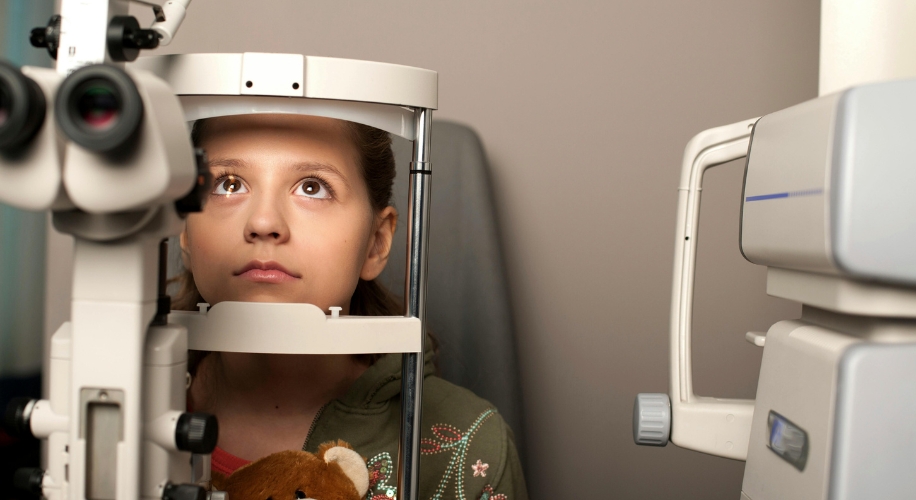Essential Tips for Recognizing Visual Problems in Children
- BY Dr. Steven Liem
- IN Kids
Ensuring that your child has optimal vision is crucial for their overall development and academic success. Early detection of visual problems can greatly impact their ability to learn, play, and engage with their surroundings. By recognizing and addressing visual issues early, you can take timely action and provide the best care for their eye health, all while benefiting from Zenni’s high-quality, accessible eyewear solutions.

Photo by BOOM
Watch for Signs of Squinting or Covering One Eye
One of the most common indicators of visual problems in children is frequent squinting or covering one eye. If your child consistently squints or shields one eye while reading, watching TV, or playing, it could be a sign that they are struggling to see clearly. This behavior often indicates that one eye might be weaker or that the child is trying to compensate for poor vision in one eye.
Observe How They Approach Tasks
How your child approaches tasks can also provide clues about their visual health. Pay attention to whether they hold books or other objects unusually close to their face, or if they seem to have difficulty focusing on details. Children with visual issues might also exhibit signs of frustration or avoid activities that require detailed vision, such as drawing or reading.
Notice Their Eye Movements and Coordination
Monitor your child’s eye movements and coordination, particularly during activities that require tracking or depth perception. Difficulty following a moving object, crossing their eyes, or struggling to maintain eye contact can be signs of visual problems. These issues can affect their ability to perform tasks that involve hand-eye coordination, like catching a ball or using a computer.
Look for Complaints of Headaches or Eye Strain
Children with visual problems often complain of headaches or eye strain, especially after extended periods of reading or screen time. If your child frequently reports discomfort in their eyes or headaches during or after visual tasks, it could indicate that their eyes are working harder than they should be, which might be due to underlying vision issues.
Watch for Behavioral Changes
Behavioral changes can sometimes be linked to vision problems. If you notice that your child is avoiding eye contact or showing a lack of interest in activities they previously enjoyed, it might be worth investigating their visual health. Visual difficulties can lead to frustration and impact their mood and behavior.
Consider Family History of Vision Problems
Family history can play a significant role in your child’s risk of developing visual problems. If you or other family members have a history of eye conditions such as nearsightedness, farsightedness, or astigmatism, your child may be at a higher risk. Be proactive about scheduling eye exams if there is a family history of vision issues.
Schedule Regular Eye Exams
Regular eye exams are crucial for early detection and treatment of visual issues. The American Optometric Association advises that children should have their first eye exam at six months, with subsequent exams at age 3 and just before starting school. Adhering to these recommendations ensures that any potential vision problems are identified and addressed promptly, so be sure to follow the guidance of your eye care provider.

Recognizing visual problems in children requires vigilance and a proactive approach. By paying attention to signs like squinting, difficulty focusing, and complaints of eye strain, you can take early steps to ensure your child’s visual health. Regular eye exams and prompt professional evaluations are key to providing your child with the best possible vision care, helping them to thrive in both their academic and personal lives.


